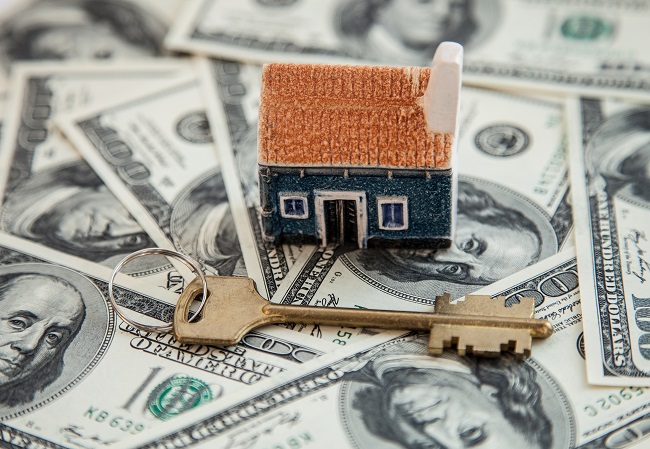Want to make an improvement to your home but don’t have the cash? No worries. That’s what a home improvement loan is for. You can go about securing one provided you do your research on the lowest rates around. Your interest rate will vary depending on your credit score, but overall, many homeowners look to lenders to borrow money on renovations. Other factors at work here include your available cash, how much your project will be, the equity you already have in your house and any other projects coming down the pike that you have planned.

Secure the Loan
First of all, before you make any commitments, you must shop around for lenders. Don’t just take a look at your local bank, advises he National Association of Realtors, as it’s not the one that will automatically grant you the lowest rates or biggest loan amount. There are many online lenders that offer excellent rates for you. You just have to be diligent and gather a bunch of possibilities before landing on the right one. Once you’ve made your choice, it’s time to fill out an application with your basic contact and financial information. Be prepared to list your debt, income and existing mortgage if you have one. You may realistically wait up to two weeks and beyond for an answer back on your application as the lender reviews your information and determines if it wants to take a risk on you.
How Much You Can Borrow?
The first step in figuring out how much you can borrow is how much you need to borrow. This involves determining a spot-on estimate of your project cost, which any lender will want to know at the start of the approval process, says This Old House. This should be fairly easy if you’re tackling the project yourself. Price out the entire project by visiting the home improvement store and making a list of materials you’ll need, adding a cushion of between 20 and 30 percent. If a contractor is going to be doing the work, sit down with him to get an estimate of labor and materials costs, then tack on 10 percent to your budget so you’ll be covered just in case any unexpected happenings come up later. The total amount, interest rate and points you will pay will depend on existing equity in your home, your credit score and more.
What Types of Loans are Out There?
You may assume there is just one type of loan for you to choose from when it comes to home improvements, but the truth is, there are many to suit your individual needs and budget. These include, but are not limited to, unsecured personal loans, home equity loans and home equity lines of credit. Nolo.com points out that an unsecured personal loan allows you to borrow money without the risk of putting your house up as collateral. This means there’s no risk of you losing your home if you can’t pay the loan back. The downside? You can’t typically borrow more than $10,000 on this type of loan. Another option is a home equity loan. This does use your house as collateral but you take out money against its value, less the equity, with a fixed interest rate and total loan amount. If you’d rather have a revolving credit line, a home equity line of credit is better for you. Again, your house is used as collateral but you have an ever-revolving stream of moneyup to your max approved amountthat you can withdraw as you need it for home improvements. This is great for multiple projects that will take several months or years to complete. Dip in when you want to and leave the rest when you don’t. The rate is variable most times, and you can deduct the interest on your taxes, with the amount hinging on the equity you already have built up in your home.
Take these factors into consideration when looking to secure a home improvement loan for a smooth, worry-free renovation.
